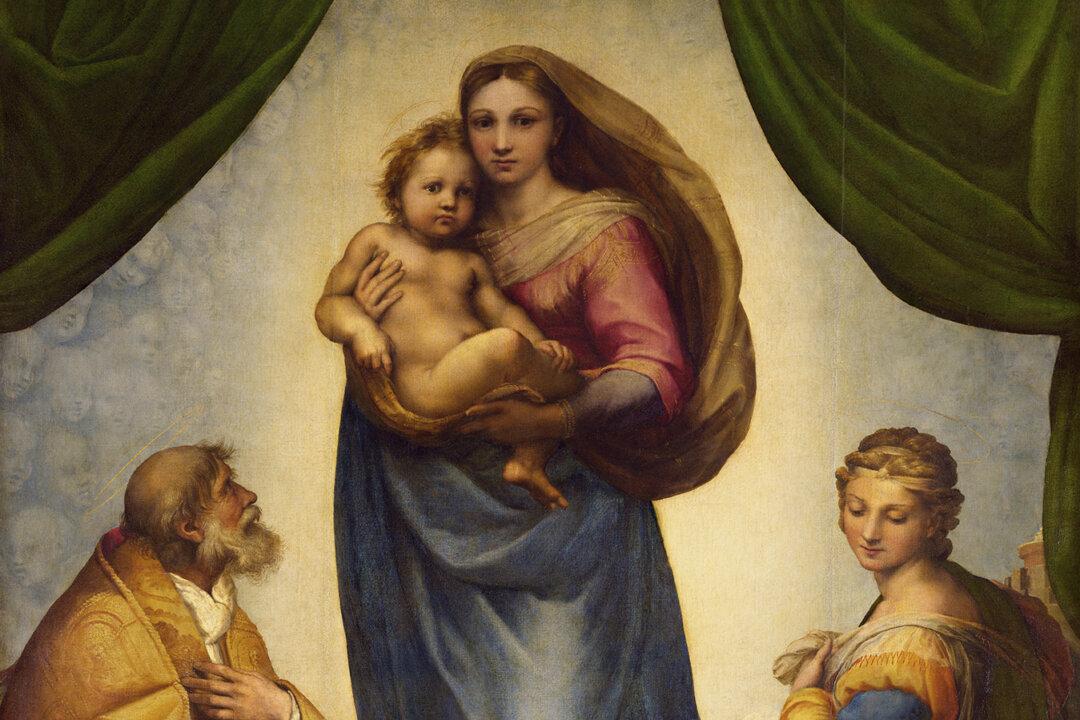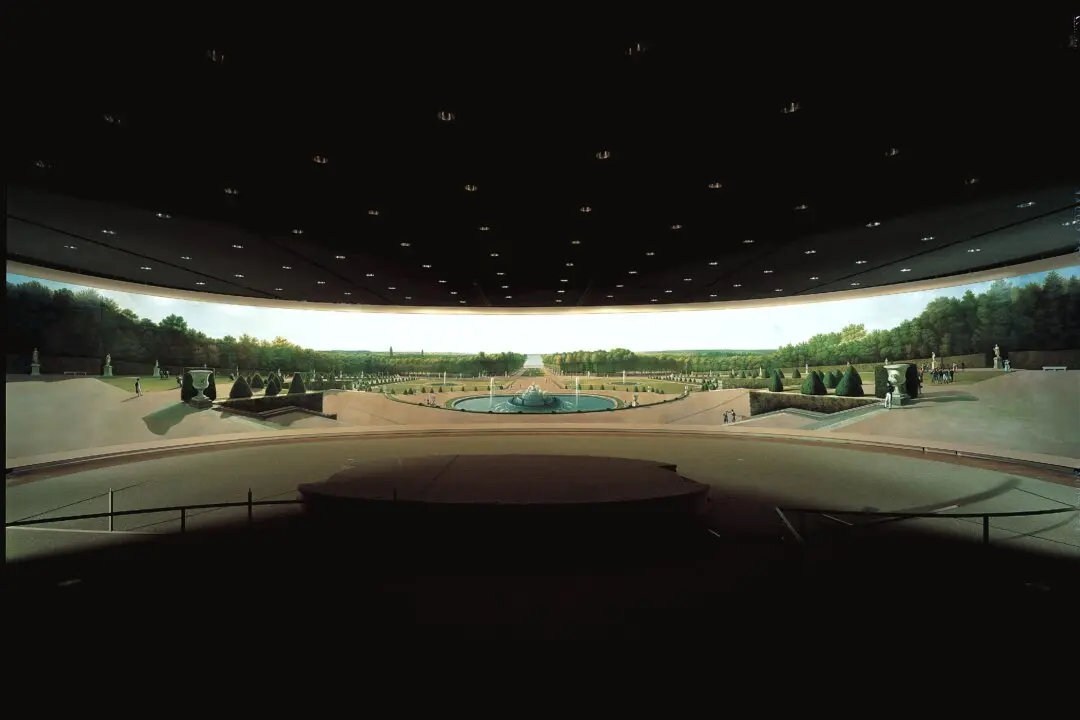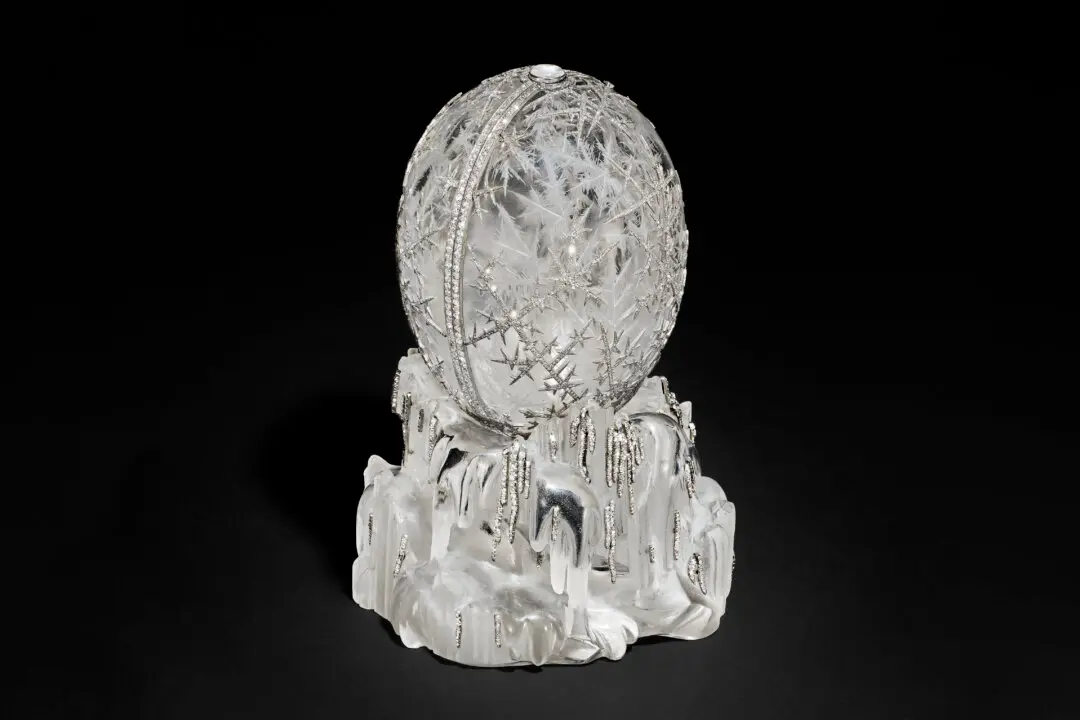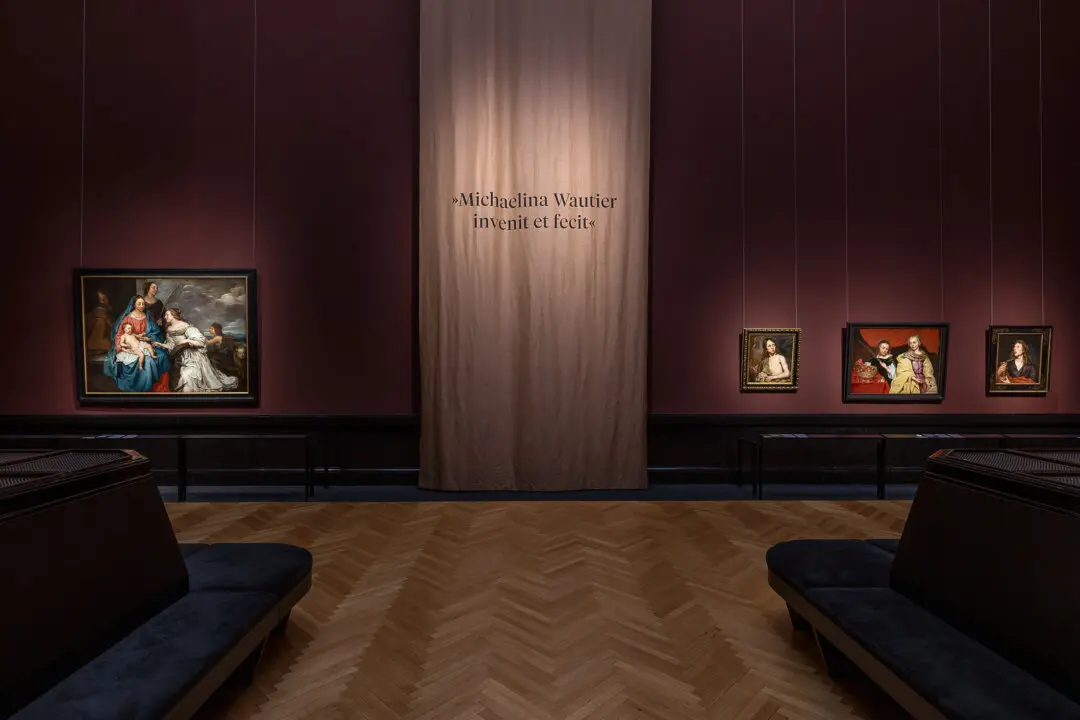“Sistine Madonna” by Raphael is one of the most famous Renaissance paintings. The Italian artist Raffaello Sanzio da Urbino (1483–1520), known as Raphael, was famous for his portraits and pictures of Madonnas. Revered for his harmonious, graceful style, he was deemed the “Prince of Painters” after his death. Upheld in the art historical canon as the quintessential classical painter, he was the model for aspiring artists in the academic tradition until the mid-19th century.
“Sistine Madonna” is a masterpiece that depicts the Madonna and Child appearing as a vision to Pope Sixtus II and Saint Barbara. The composition is admired for its extraordinary juxtaposition of a celestial vision and the earthly realm. The breakout stars of this artwork, who have permeated pop culture, are not the central figures. Rather, they’re the charming cherubim, who are depicted as winged children at the bottom of the canvas.





